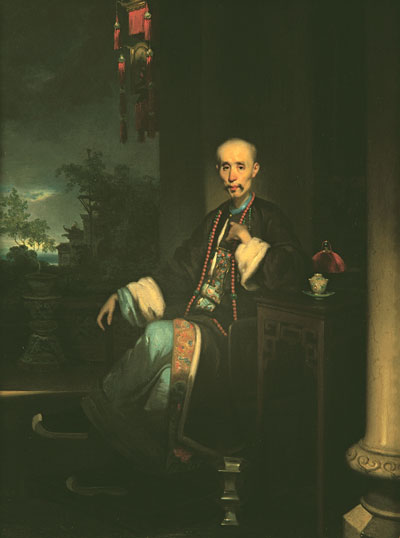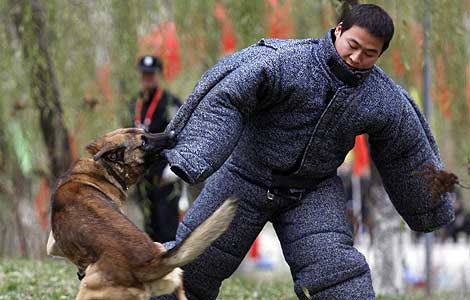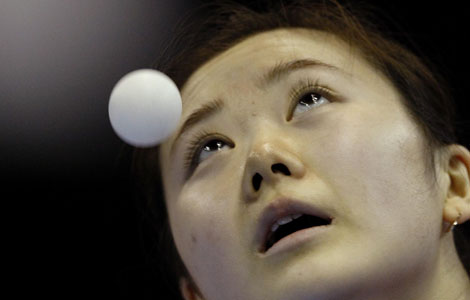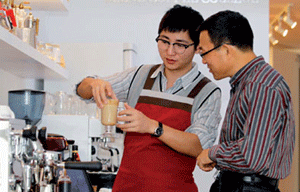Works of British artist who lived in China exhibited
Updated: 2011-11-29 18:01
By Liu Wei (chinadaily.com.cn)
|
|||||||||
|
 |
|
Portrait of the hong merchant Howqua |
Works by the first serious British artist to live and work in China—for one-third of his 78 years—are exhibited in the UK for the first time in over 50 years.
The Flamboyant Mr Chinnery (1774-1852): An English Artist in India and China, will go through Jan 21, 2012, at Asia House, London, showcasing about 100 works by the artist. George Chinnery, born in London, sailed from Calcutta, India, where he had established himself as a portrait painter, in 1825 to Macau to escape his debts. He spent the rest of his life, 27 years, in the city, and occasionally in Guangzhou and Hong Kong.
In South China, the painter made a living by doing portrait commissions for merchants and officials.
The exhibit brings some of his most famous works finished in Macau, Guangzhou and Hong Kong, such as the portraits of two leading Chinese merchants nicknamed Howqua and Mowqua.
Howqua, also known as Wu Bingjian, was described as the richest man in China in the 19th century, with assets estimated at $26 million. Chinnery’s 1830 oil painting portrayed him as a thin, gaunt-faced man in rich, colorful clothes.
A companion portrait of Mowqua, or Lu Yuankin, depicts the merchant lounging in his chair, a contrast of the formal pose of his compatriot.
“Chinnery became a legendary figure not only because of his art, but also his dinner table conversations with powerful locals,” said Patrick Conner, curator of the exhibit.
Through his paintings, Conner added, Chinnery introduced the British portrait style to China, where people had been used to two-dimensional full-face pictures with no shadowing.
“Everybody who visited the China coast would make a point to see Chinnery, this legendary figure,” he said. “Many tried to buy or borrow his sketches and to do Chinnery’s themselves.” The new idea of British portraits was taken up by Chinnery’s Chinese followers, particularly one called Lam Qua, who painted hundreds of pictures imitating Chinnery’s style, which were often used as gift exchanges between Chinese merchants.
Chinnery painted not only the powerful class, but also the landscape, everyday life scenes and the most ordinary Chinese, as seen in the exhibit.
He would get up before breakfast and make little drawings of the local people he saw around, such as the traveling barbers, the gamblers on the streets, the blacksmiths and fishermen.
He would become obsessed with something and paint the same scene several times, making little notes of what he was doing right and wrong.
“Macau was almost a perfect place for him, with all kinds of interesting local activities,” Conner said.
The exhibit, featuring a variety of watercolors, oil painting and sketches that record the South China of the 19th century, also showcases Chinnery’s early works, when he studied in the Royal Academy Schools in London and in his years in India.
It is the first substantial Chinnery exhibit in the UK. Lisbon, Tokyo, Hong Kong and Macau hosted his works before.
The works came from major UK institutions such as the British Museum, Victoria and Albert Museum, National Portrait Gallery, British Library, the Courtauld Gallery, as well as from private collections and HSBC’s corporate art collection. The majority of the works have not been seen by the British public before.
Chinnery never returned to his native country, dying in Macau in 1852.











